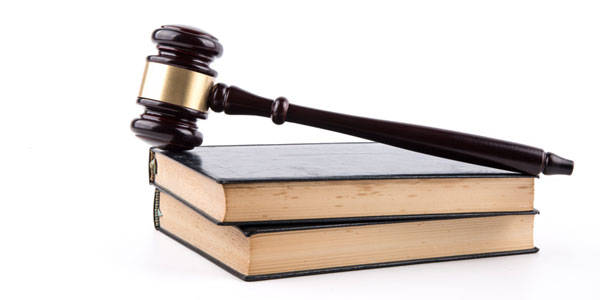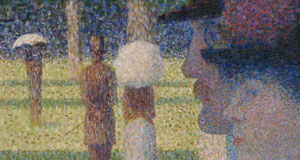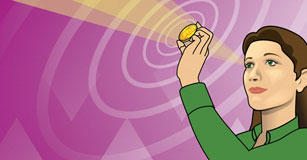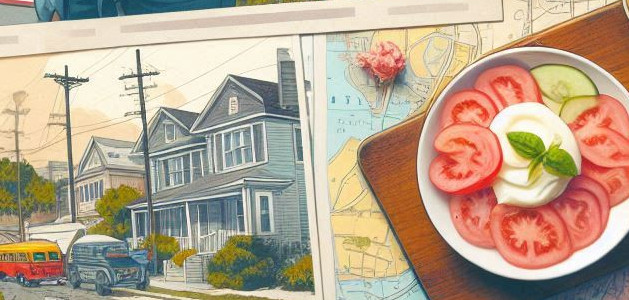Halloween Safety PSAs
In this lesson, students design public service announcements to promote safety at Halloween.
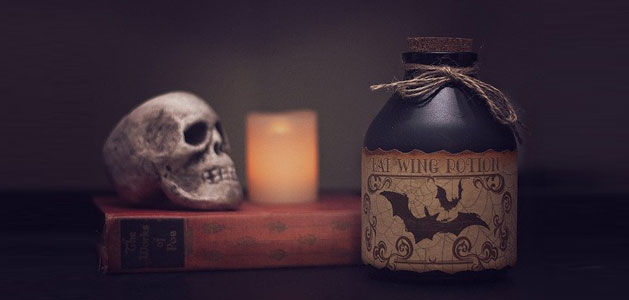
Task
Halloween is one of kid’s favorite holidays each year, but did you know that twice as many kids are killed while walking on Halloween than any other day of the year?
Rather than repeating rules, ask students to think about ways to stay safe on their own during Halloween. Have students transform their ideas into public service announcements they can share with family, friends, and community to keep everyone safe at Halloween.
Engage
While it isn’t very hard to get most young students interested in Halloween, try to focus on specific actions they can take to have fun and be safe!
You might ask students to share the silliest accident that happened to them on Halloween. This allows you to talk about safety, but not scare students with stories of children being truly hurt.
You can prompt students with questions like:
- What does it mean to be safe?
- What actions aren't safe?
- What are some silly accidents they have had at Halloween?
Read a story like Scaredy Squirrel Prepares for Halloween to share ideas for Halloween safety. This fun, graphic novel-style story also serves as a great example and reminder how powerful simple illustrations can be at conveying important safety information.
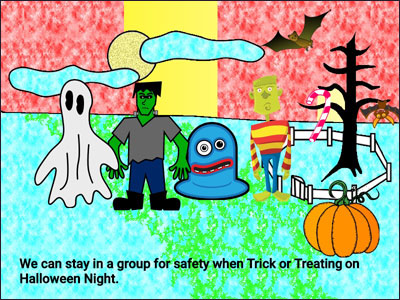
Let students know that they will be creating a public service announcement to help others have a safer Halloween. Share examples of safety posters and advertisement like this one from Safe Kids to help students better visualize your expectations for their final product.
Support young learners by working together to fill out a cluster diagram with ideas or by listing them on an anchor chart. Display on the wall of your classroom or print for each student.
If you have access to a digital tool, like Wixie, you can create clusters and anchor charts on the computer and easily share the digital files with students learning remotely. You could even use collaborative and Team tools so that you and students can contribute to the digital file while on a video call.
Create
Have each student choose a topic for their poster and write a sentence to help with their message. Next, ask students to consider ways they can illustrate the meaning and grab the attention of the viewers and share their message?
While many students will be able to start illustrating immediately, if students are unsure about what to show for their PSA, use a graphic organizer to help them brainstorm and collect their ideas. For example, use a cluster organizer with the message in the middle to encourage new ideas or related images in the connected bubbles or boxes. Use an OREO organizer to have students articulate their Opinion of a safe behavior, the Reason is how the behavior keeps you safe, and the Example is the specific Halloween context.
Create a Graphic Organizer
Need a thought web, timeline, flowchart, or other graphic organizer for a lesson?
CreateStudents can use a creativity, or productivity tool, like Google Slides or Wixie to type their safety message and use paint tools and clip art to illustrate what safe, or unsafe, behavior looks like. Students can also use voice and video recording features to capture and share their message.

Young learners can easily create a single page with a text message that is narrated and supported by illustrations. Combine student work together to share a class project online, or put specific groups of messages together to form short videos.
Artistic students may want to share a message using a comic-style format. Share a template with panels or use a tool like Wixie that lets students create or export multiple pages as panels on a single page.
Be sure that you have shared a range of options in the beginning so that more confident speakers and writers feel encouraged to create multi-page or multi-scene video-style public service announcements too.
Share
Print multiple copies of PSAs so you can post in your classroom and school. Send printed versions home with students so they can post in their windows at home and in high-traffic spots in their neighborhood to remind trick-or-treaters.
Video-style PSAs should be posted to video-sharing web sites and sent to local access television station to air the week leading up to Halloween. Share via teacher and school social media accounts. You can even encourage parents to share their child's work on a local neighborhood social app.
Assessment
Halloween PSAs are a fun performance task you can use to evaluate students understanding of essential safety issues as well as their skill at supporting an opinion and persuading others. Create a rubric or checklist to remind students about supporting an opinion with reasons and examples.
You can evaluate prior knowledge about Halloween safety and student skill at supporting an opinion during your initial discussions. Use the cluster and OREO graphic organizers and initial writing drafts for formative assessment purposes.
Resources
Mélanie Watt. Scaredy Squirrel Prepares for Halloween: A Safety Guide for Scaredies. ISBN: 1894786874.
American Academy of Pediatrics - Halloween Health & Safety Tips
National Safety Council - Simple Steps for an Extra Safe Halloween
Standards
Common Core Standards for English Language Arts
CCSS.ELA-LITERACY.W.2.1
Write opinion pieces in which they introduce the topic or book they are writing about, state an opinion, supply reasons that support the opinion, use linking words (e.g., because, and, also) to connect opinion and reasons, and provide a concluding statement or section.
CCSS.ELA-LITERACY.W.2.2
Write informative/explanatory texts in which they introduce a topic, use facts and definitions to develop points, and provide a concluding statement or section.
CCSS.ELA-LITERACY.W.3.1
Write opinion pieces on topics or texts, supporting a point of view with reasons.
CCSS.ELA-LITERACY.W.3.2
Write informative/explanatory texts to examine a topic and convey ideas and information clearly.
ISTE NETS for Students 2016:
3. Knowledge Constructor
Students critically curate a variety of resources using digital tools to construct knowledge, produce creative artifacts and make meaningful learning experiences for themselves and others. Students:
a. plan and employ effective research strategies to locate information and other resources for their intellectual or creative pursuits.
b. evaluate the accuracy, perspective, credibility and relevance of information, media, data or other resources.
6. Creative Communicator
Students communicate clearly and express themselves creatively for a variety of purposes using the platforms, tools, styles, formats and digital media appropriate to their goals. Students:
a. choose the appropriate platforms and tools for meeting the desired objectives of their creation or communication.
b. create original works or responsibly repurpose or remix digital resources into new creations.
d. publish or present content that customizes the message and medium for their intended audiences.



